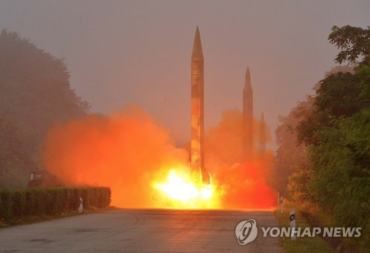
This image provided by Yonhap News TV shows single-member households (L and R) and a married couple (C).
SEOUL, Jan. 31 (Korea Bizwire) — Four out of ten single-person households in South Korea turned out to be dissatisfied with their consumption spending, the country’s statistics office said.
The monthly consumption spending of one-person households averaged 1.32 million won (US$1,090) in 2020, according to data from Statistics Korea.
This figure is calculated by subtracting non-consumption spending such as taxes, social insurance expenses and interest payments from household expenditures.
This number is equivalent to 55 percent of the monthly consumption spending of all households, which averaged 2.4 million won.
Housing, water, electricity and heating costs accounted for 19.5 percent of the single-member households’ monthly consumption spending, followed by food and lodging at 16.7 percent and food & beverage and non-alcoholic beverages at 13.7 percent.
In other words, households consists of one person spent 49.9 percent of their monthly consumption spending on housing and food & beverage items, higher than 41.1 percent for all households.
In the survey conducted in May last year by the statistics office, 39.5 percent of the single-person households replied that they were dissatisfied with their current consumption spending.
For all households, the share of those who said they were dissatisfied was relatively low at 32.9 percent.
As of 2019, the annual income of single-person households averaged 21.62 million won, an amount equivalent to 36.5 percent of the average among all households of 59.24 million won.
Among the single-person households, those with an annual income ranging from 10 million won to 30 million won accounted for the largest share at 46.6 percent. The share of those with an annual income of less than 10 million won stood at 30.8 percent.
M. H. Lee (mhlee@koreabizwire.com)






